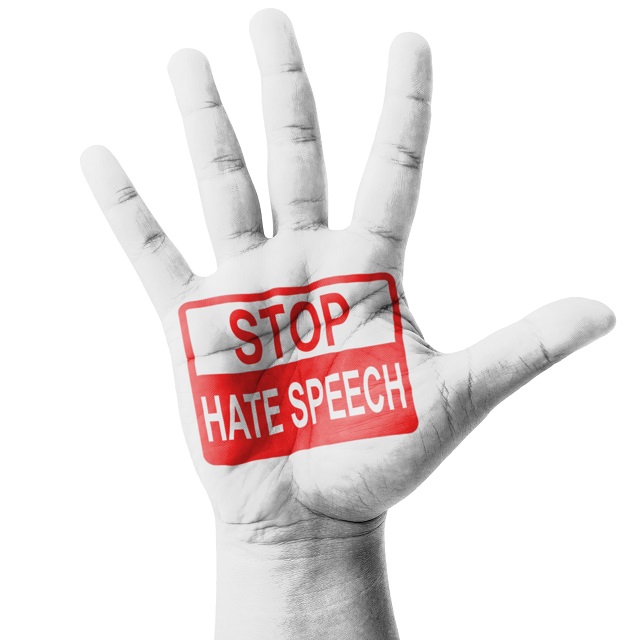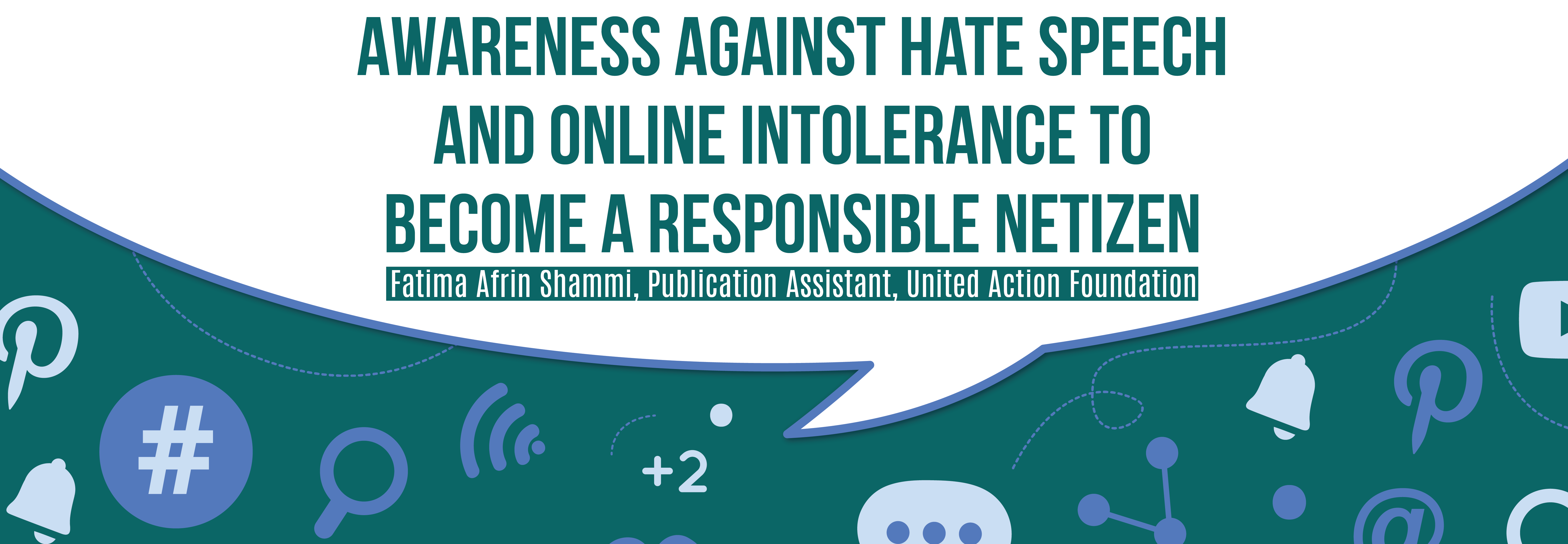
Today’s majority viewpoint should not be allowed to foreclose that of tomorrow. As ideas gain or lose acceptance, political movements advance or recede, and social commitments strengthen or erode, notions of what is unacceptably “hateful” change, too. Conceptions of what constitutes “hate” do not remain stable over time. “Hate speech” is also a moving target, making a workable definition still more elusive. ” As a result, crafting a generally applicable definition of “hate speech” is all but impossible without silencing someone’s “legitimate” speech. Each American all but certainly has a different understanding of exactly what expression should lose First Amendment protection as “hate speech.” One citizen’s hateful screed is another’s religious text one citizen’s slur is another’s term of endearment or, as the Court put it, “ one man’s vulgarity is another’s lyric.
#Hate speech free
Recognizing the occasional tyrannies of governing majorities, they amended the Constitution so that free speech and assembly should be guaranteed.īanning “hate speech” without restricting political speech is prohibitively difficult because of the target’s inherent subjectivity. Believing in the power of reason as applied through public discussion, they eschewed silence coerced by law - the argument of force in its worst form. But they knew that order cannot be secured merely through fear of punishment for its infraction that it is hazardous to discourage thought, hope and imagination that fear breeds repression that repression breeds hate that hate menaces stable government that the path of safety lies in the opportunity to discuss freely supposed grievances and proposed remedies and that the fitting remedy for evil counsels is good ones.

They recognized the risks to which all human institutions are subject. Justice Brandeis argued that our nation’s founders believed that prohibiting “evil counsels”-what today we might call “hate speech”-would backfire: Instead, we as citizens possess the power to most effectively answer hateful speech-whether through debate, protest, questioning, laughter, silence, or simply walking away.Īs Justice Louis Brandeis put it, the framers of the Bill of Rights “believed that freedom to think as you will and to speak as you think are means indispensable to the discovery and spread of political truth that without free speech and assembly discussion would be futile that with them, discussion affords ordinarily adequate protection against the dissemination of noxious doctrine that the greatest menace to freedom is an inert people that public discussion is a political duty and that this should be a fundamental principle of the American government.” In other words, the First Amendment recognizes that the government cannot regulate “hate speech” without inevitably silencing the dissent and dialogue that democracy requires. As a Nation we have chosen a different course-to protect even hurtful speech on public issues to ensure that we do not stifle public debate. On the facts before us, we cannot react to that pain by punishing the speaker.

It can stir people to action, move them to tears of both joy and sorrow, and-as it did here-inflict great pain. In a 2011 ruling, Chief Justice John Roberts described our national commitment to protecting “hate speech” in order to preserve a robust democratic dialogue:

The Supreme Court of the United States has repeatedly rejected government attempts to prohibit or punish “hate speech.” Instead, the Court has come to identify within the First Amendment a broad guarantee of “ freedom for the thought that we hate ,” as Justice Oliver Wendell Holmes described the concept in a 1929 dissent. So, many Americans wonder, “is hate speech legal?”Ĭontrary to a common misconception, most expression one might identify as “hate speech” is protected by the First Amendment and cannot lawfully be censored, punished, or unduly burdened by the government - including public colleges and universities.

There is no “ hate speech” exception to the First Amendment.


 0 kommentar(er)
0 kommentar(er)
